Your cart is currently empty!
Mastitis Symptoms and Treatments
I just recovered from a bout of mastitis, so I figured it’s a perfect time to address this unpleasant topic – while the pain is still fresh in my mind. And mastitis symptoms can be quite painful, let me tell you!
Mastitis effects about 10% of nursing moms at some point during their breastfeeding careers. It is most likely to be an issue in the first 3 to 6 months postpartum (Source), although in my case, it took 15 months of nursing to have my first breast infection (find out some other things your body might experience postpartum here).
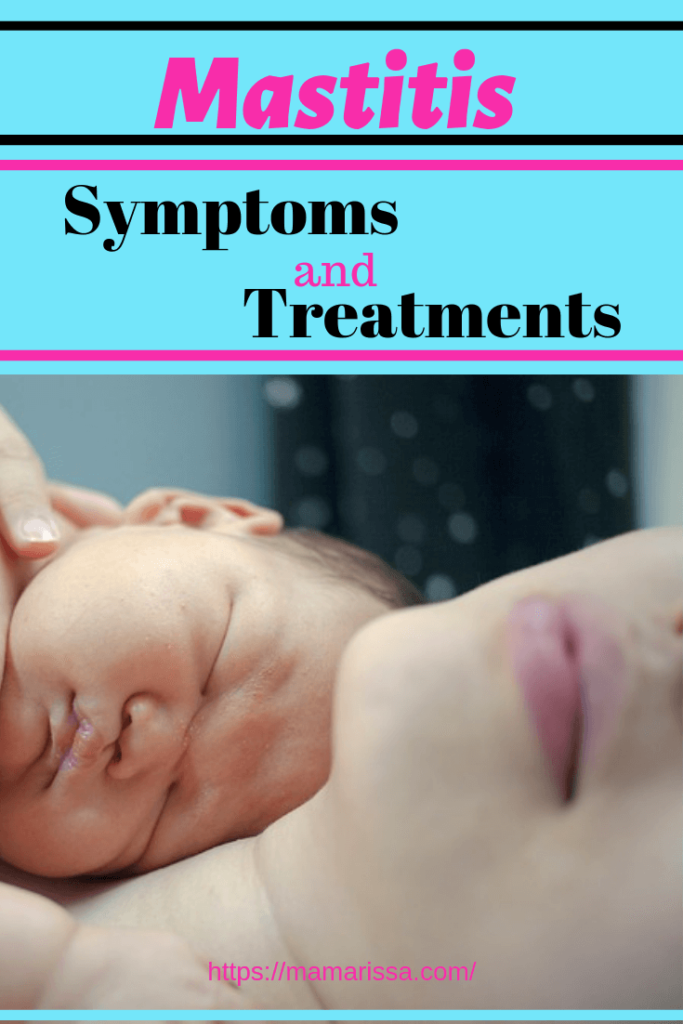
For me, the lead up to a plugged milk duct or mastitis is always stress. But other contributing factors include leaving your breasts engorged for too long (due to bottle feeding, going longer between feeds or weaning), putting restrictive pressure on your breasts (with clothing, seat belts, diaper bag or purse straps, laying on your stomach, etc.), or baby latching incorrectly.
Whatever causes it, once you have that “uh-oh” moment when you suddenly notice a lump in your breast, you have to examine your possible mastitis symptoms. Is your recent tiredness an indication of danger (infection) or simply a warning sign (a blockage).
Please note that I am not a medical professional and nothing in this post should be taken as medical advice. I recommend that you always consult your doctor any time you suspect you may have an infection. Mastitis can become very serious if it is not successfully treated.
What is the Difference Between a Plugged Duct and Mastitis?
I have had plugged ducts multiple times before (at least 3 or 4), and I usually felt run down with them, but I didn’t really have any other mastitis symptoms besides the moderately painful lump in my breast.
This time, I knew it was different. I was completely exhausted (for several days before I even noticed the lump) and felt sick – feverish, chills, headache and an aching body along with the excruciating pain throughout my breast any time it was even lightly touched (so imagine how great it felt to nurse!).
Here’s a break down of the symptoms of plugged ducts versus mastitis symptoms:
Plugged Ducts
- A hard lump of engorgement and sometimes redness and warmth in the breast which can be painful.
- Feeling stressed or extra tired.
- Trouble breastfeeding – this may be a result of pain for the mama or frustration for the baby who is struggling to get enough milk out due to the blockage.
Mastitis Symptoms
- Pain, tenderness, redness, swelling and/or a lump of engorgement in the breast.
- Clear indications of infection, such as puss or bloody discharge from the nipple.
- Intense pain during nursing sessions.
- Feeling weak, run down, exhausted or like you are coming down with an illness.
- Feeling fluish with fever, chills and aches and pains.
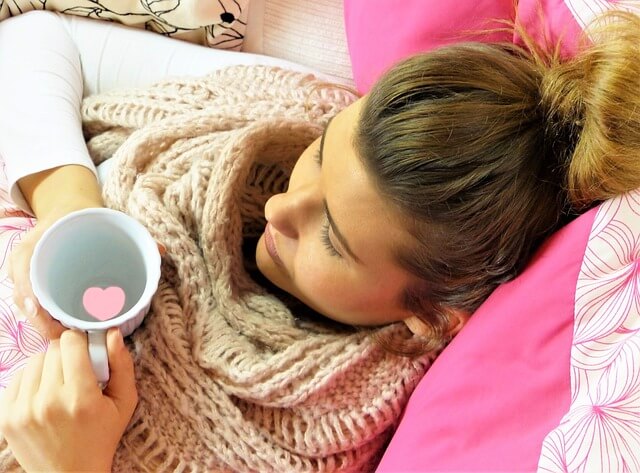
I should mention that stringy or bloody milk can be a sign that a plugged duct has escalated to an infection (mastitis). However, I did have some blood in my milk during one of the times when I was expressing milk to dislodge a plug and it never turned into an infection.
A plugged duct can lead to mastitis though, so it is best to treat it aggressively as soon as you notice a blockage.
Mastitis is basically the result of milk build up where the flow is restricted which encourages bacteria to grow. Infection also sometimes occurs as a result of bacteria entering the breast through cracked nipples (Source).
How Can I Treat Mastitis Symptoms at Home to Avoid Needing Antibiotics?
While you should certainly visit your doctor if you are ever concerned about the health of your milk-clogged breast, it is not always necessary to rush to take an antibiotic to clear up mastitis symptoms. There are a lot of simple ways to treat breast infections at home including the following:
- Rest! I know this is difficult as a mama, but it is important to rest as much as you can to recover.
- Nurse, nurse and nurse some more. It can be painful, but your baby’s sucking is the most effective means of suctioning out the clogged milk. Try to keep going; you will feel some relief once some milk has been removed from your breast.
- Hot bath with Epsom salt. Even without salt, warm water is really helpful for loosening the clogged milk.
- Warm washcloth or compress. This will serve a similar purpose as the bath but is easier to do frequently throughout the day.
- Massage. This is also extremely helpful. Massage before and during nursing sessions to encourage milk flow.
- Raw garlic. This stuff is like nature’s antibiotic! I always feel an improvement literally within about a minute of eating some. Keep it up 2 to 3 times per day for at least a couple of days after you feel better.
- Potatoes. Soaked in water for 15 minutes, thin potato slices laid on the breast are anti-inflammatory and help fight infections. Use for 20 minutes, then repeat with new slices twice (Source).
- Cabbage leaves. There is some debate over just how effective cabbage leaves are, but they do help to reduce engorgement and swelling (Source).
- Drink lots of water. This is something that is always a good idea when your fighting infection as well as when you’re breastfeeding in general.
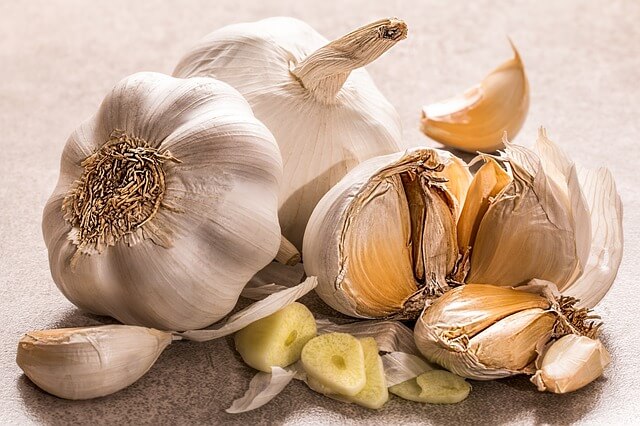
Be Proactive!
The best cure for mastitis symptoms is always prevention, so make sure to avoid long stretches between nursing or pumping, pressure on your breasts, and any unnecessary stress.
If you struggle with recurrent plugged ducts or infections, some lactation consultants recommend taking a lecithin supplement to thin your milk enough that it doesn’t get clogged up.
When my daughter was younger, I was getting a plugged duct in the same location of the same breast repeatedly for a few months, and my lactation consultant suggested lecithin.
Since I always got these plugged ducts after being very stressed, I realized treating the symptom was not the answer. I decided I would wait to see if I had a problem with it again and I never did until this week.
You have to figure out what the cause is for you. Perhaps you have a problem area in one breast that cannot seem to stay unclogged.
Is there something you or your baby are doing that is often putting pressure in that area? Are you generally stressed when you find you have developed another clog? Or does your baby sometimes go longer stretches without nursing, leaving your breasts overly full?

If there is something you can do to address the root of the problem, I recommend starting there before taking a supplement that (although considered relatively natural) alters your breast milk.
Whatever route you choose to go in treating and preventing mastitis symptoms, I hope you feel better soon, Mama!
Do you have additional ideas for treating mastitis symptoms? Share them in the comments!
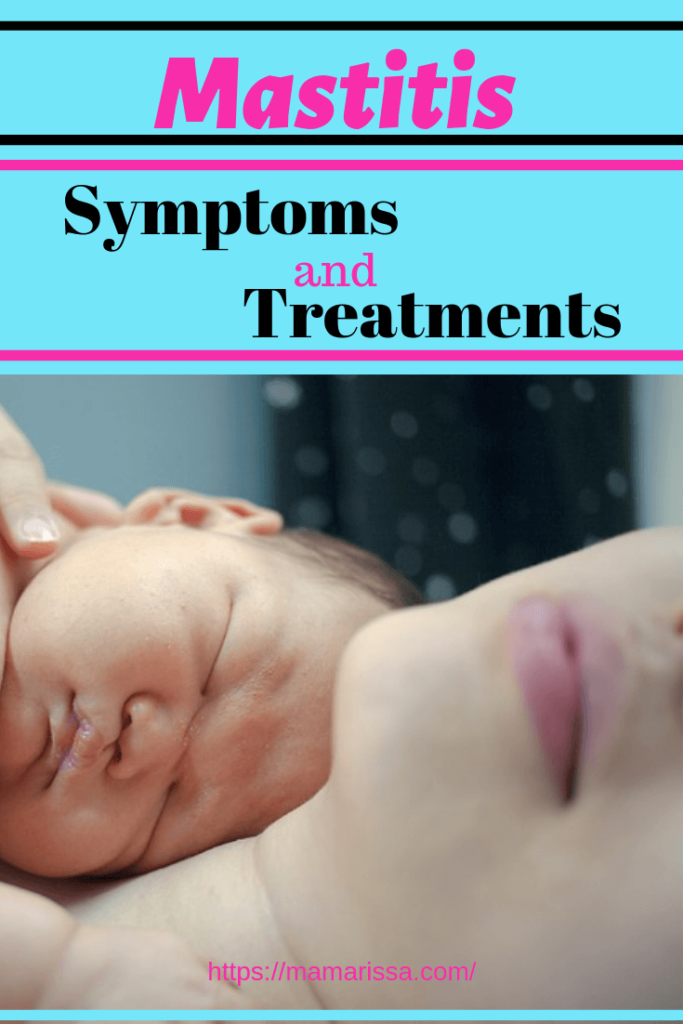

2 responses to “Mastitis Symptoms and Treatments”
[…] my post on mastitis symptoms to learn more about recognizing and treating this […]
[…] Find out how to recognize mastitis symptoms in this post. […]
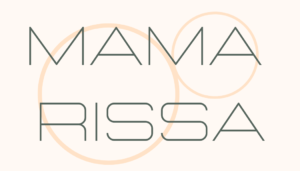


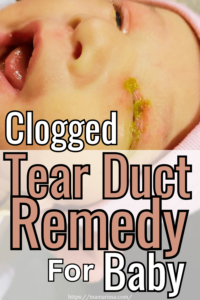
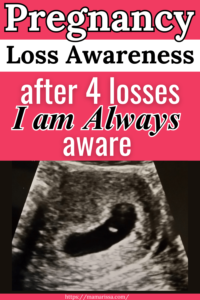

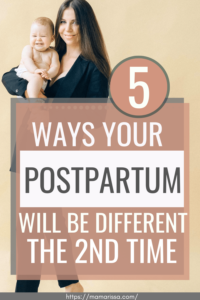



Leave a Reply